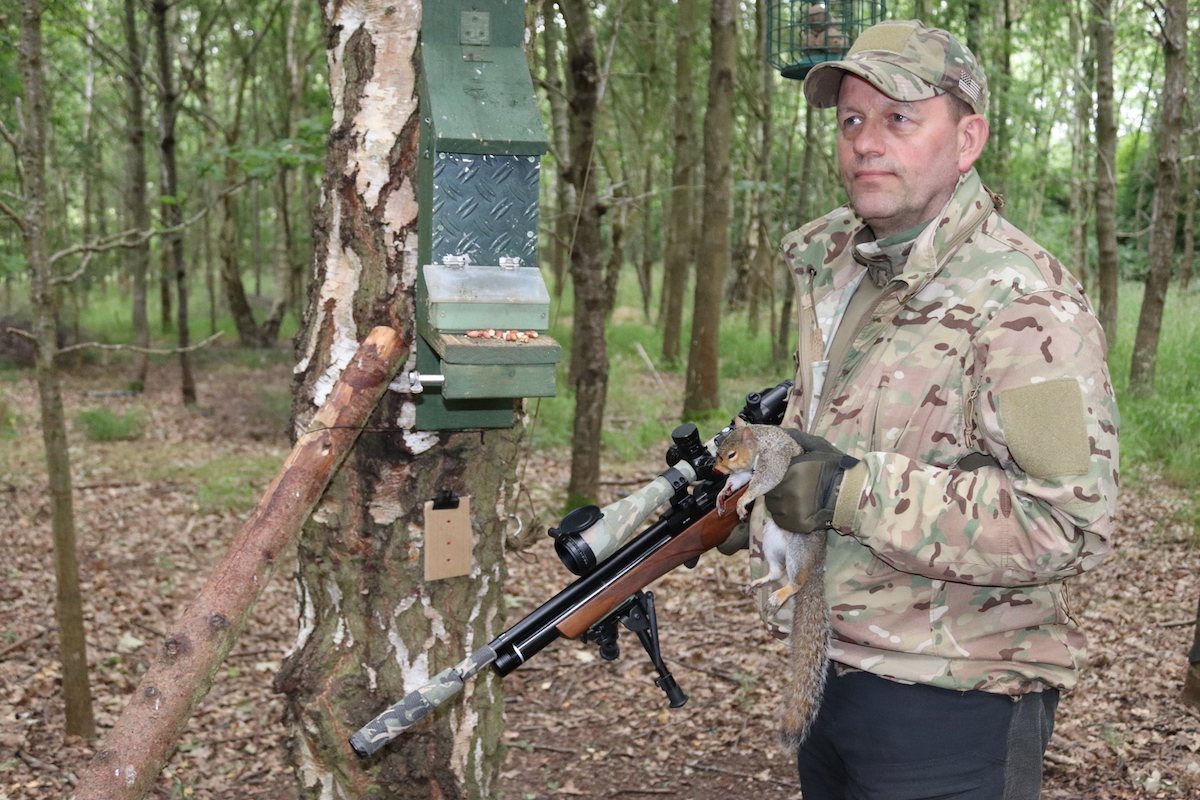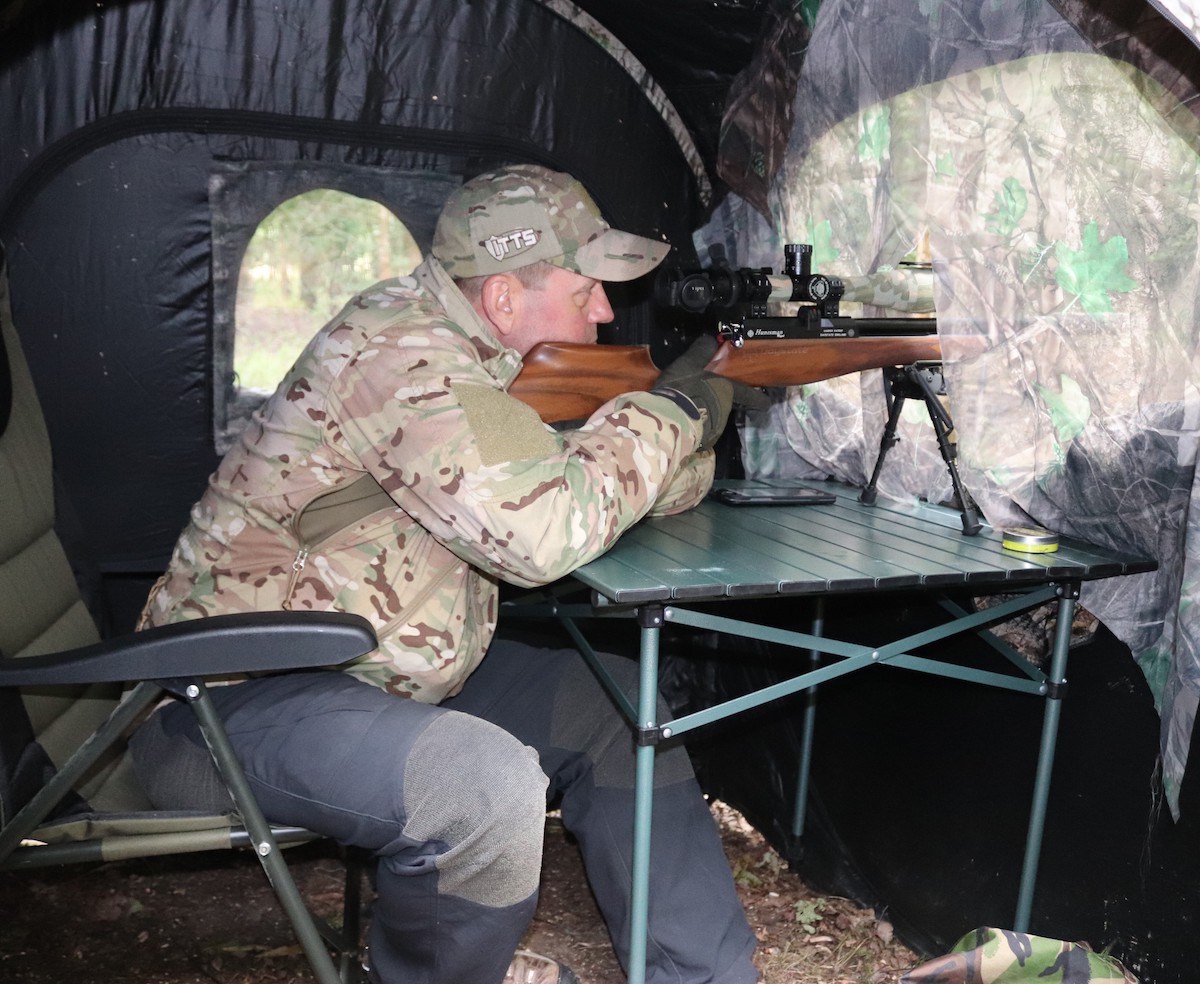The (Almost) Lone Ranger
For some airgun hunters, a walk in the woods is not just the pursuit of a pastime but the execution of a critically important role. Take, for example, those entrusted with the protection of fragile pockets of native red squirrels against the threat posed by the grey invader. Or people like Colin Fallows, a ranger charged not with protecting red squirrels, but valuable trees.
As part of a team of three, he patrols a 25-hectare forest in Oxfordshire that is the site of globally funded research projects into techniques to improve the sustainability and cultivation of hardwood species to increase timber production and improve woodland habitat.
Over the last 35 years, more than 60,000 oak, ash, cherry, beech and walnut trees have been planted in the woods, inadvertently providing an ideal habitat for grey squirrels. Their bark-stripping antics wreak havoc and compromise timber values by deforming branches and even killing entire trees.

With professional pest control too expensive, and other control methods dismissed for practical and humane reasons, keeping a check on the squirrel population is entrusted to the rangers and their air rifles.
With the success of costly research projects on the line, and the need to report the number of squirrels he shoots each week, ranger Colin has to make sure that every shot counts. He follows a strict practice regime, spending hours on the range shooting at exactly 16 metres – the distance over which he hunts in the woods.
With so much land to cover, he’s developed an approach in which he erects a small peanut feeder in each new location and monitors it with a trail camera. By using the footage and the frequency with which he has to replenish the peanuts, Colin is able to gauge the immediate squirrel population.
Only when there is evidence of squirrels, and he feels they have come to accept the feeder as a regular source of food they can trust, does he plan his shooting sessions.

I joined him one morning during the summer heatwave, though it was pleasantly cool when we met at 4.00 am. To maximise concealment, the ranger uses a pop-up hide. Inside he sits on a comfortable fishing chair behind a camping table upon which he places his rifle on a butt rest and bipod. Outside a wind meter feeds information directly to an app on his phone to tell him how much windage to allow for.
Following a procession of birds including Jays, which Colin left alone as they do not damage the trees, and woodpeckers that do but are protected, a couple of squirrels put in an appearance.
It was a little after 5.00am and the sun had barely risen. One of the squirrels held back, high up on a tree, but the other made a direct approach towards the feeder. Sitting in my own hide and armed only with a camera, I sensed Colin waiting for it to climb up the tree and start munching on the free offerings. Instead it began eating the peanuts that had fallen onto the ground.
The ranger waited for the squirrel to select another nut and settle on its haunches to nibble away. I held my breath, waiting for the shot. Colin duly obliged and the whisper quiet cough of his rifle was followed instantly by the meaty impact of the pellet.
The squirrel rolled over, kicked a couple of times and then lay still, hit squarely in the head.
The other squirrel, still up its tree, froze, tail twitching in alarm. I could see the muzzle of Colin’s Huntsman Regal as he tried to find a clear path for his pellet. However, within a few seconds, the squirrel started moving towards us, then went past and up a tree to disappear into the woods.
Though he has shot as many as 17 squirrels in a session, that one proved to be our only success of the day, but as the ranger explained, the relative lack of the squirrels proves that he and his ranger colleagues are doing their job.





